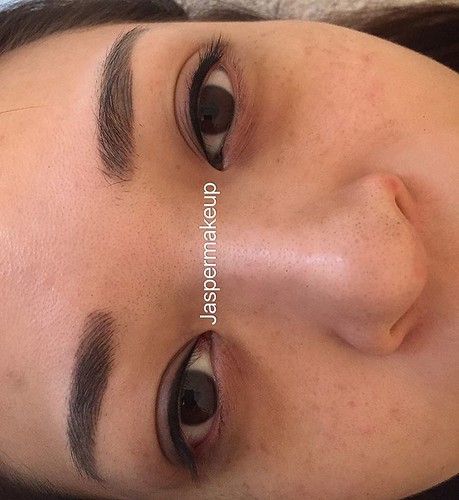Laser Hair Removal and What You Should Know About the procedure
Laser hair removal, also referred to as phototherapy, is an aesthetic medical procedure that makes use of a concentrated beam of light (ultraviolet) to take away unwanted hair from the skin. It works by burning the hair follicle to ensure that it ceases producing hair but does not harm the surrounding skin. Though laser hair removal often results in temporary reduction of hair but it may not result in permanent hair removal. Sometimes, even after the treatment is completed, new hairs appear in the same place on the skin. Laser hair removal is more efficient than electrolysis because it can reach darker areas of skin better than electrolysis.
Although laser hair removal offers many advantages however, there are some typical side effects to be aware of prior to having this procedure. These adverse effects can range in severity from mild irritation to serious complications such as skin rash or 激光脫毛 burning. These complications can occur at any time following treatment.
Lasers can cause heat burns which is among the most common adverse effects. The heat of the lasers causes the fat beneath the skin to burn. When the fat is burned it leaves marks. The best method to avoid this is to apply the lasers on the skin that aren’t in contact with the air for a long time prior to the procedure. You can also protect yourself from heat burns by wearing hats and 激光脫毛 sunglasses to stop the heat.
Pain is another frequent negative side effect of laser hair reduction. Some sufferers are afflicted with moderate to moderate pain after treatment. This is commonly referred to as postoperative swelling or cold sores. While some doctors recommend painkillers right after surgery, you might be better off waiting until your swelling goes down. If you experience severe pain, visit a doctor immediately to ensure that there isn’t any damage to the skin underneath.
Melanin is the substance that gives your skin its color. Your skin gets darker as you age , and your body produces less melanin. Laser hair removal removes the pigment that gives your skin its hue. Two methods are employed to treat melanin: The first involves blocking the channel where the pigment flows from the follicule and is absorbed by the skin; the second involves injecting a special bleaching agent into the area. Both methods are not without risk and it is therefore important to discuss them with your cosmetic surgeon prior to you undergo this procedure.
 Numbing is one of the most severe negative effects of laser hair reduction. Numbing can occur due to extreme cold or warm temperatures applied to the area being treated as well as trauma to the area. Numbing cream can reduce the risk of this. If you are unsure about how to prepare for and 激光脫毛 apply this cream, it is advised to ask your surgeon for guidance.
Numbing is one of the most severe negative effects of laser hair reduction. Numbing can occur due to extreme cold or warm temperatures applied to the area being treated as well as trauma to the area. Numbing cream can reduce the risk of this. If you are unsure about how to prepare for and 激光脫毛 apply this cream, it is advised to ask your surgeon for guidance.
The hair will begin to fall out following the laser treatment. It can take up six months for hairs to completely disappear. It is essential to follow the directions for applying the cream to avoid skin irritation. At the end of the six months period, the hair will start to grow back in a very small amount.
Waxing can be used to permanently eliminate hair. The waxing sessions can last for up to three months and after the third session the hair will begin to grow back. This can take anywhere from one to three years, but the amount of hair removed will depend on the thickness of the skin and frequency of the waxing sessions. The skin can become sensitive due to waxing which can cause irritation when other products are used.